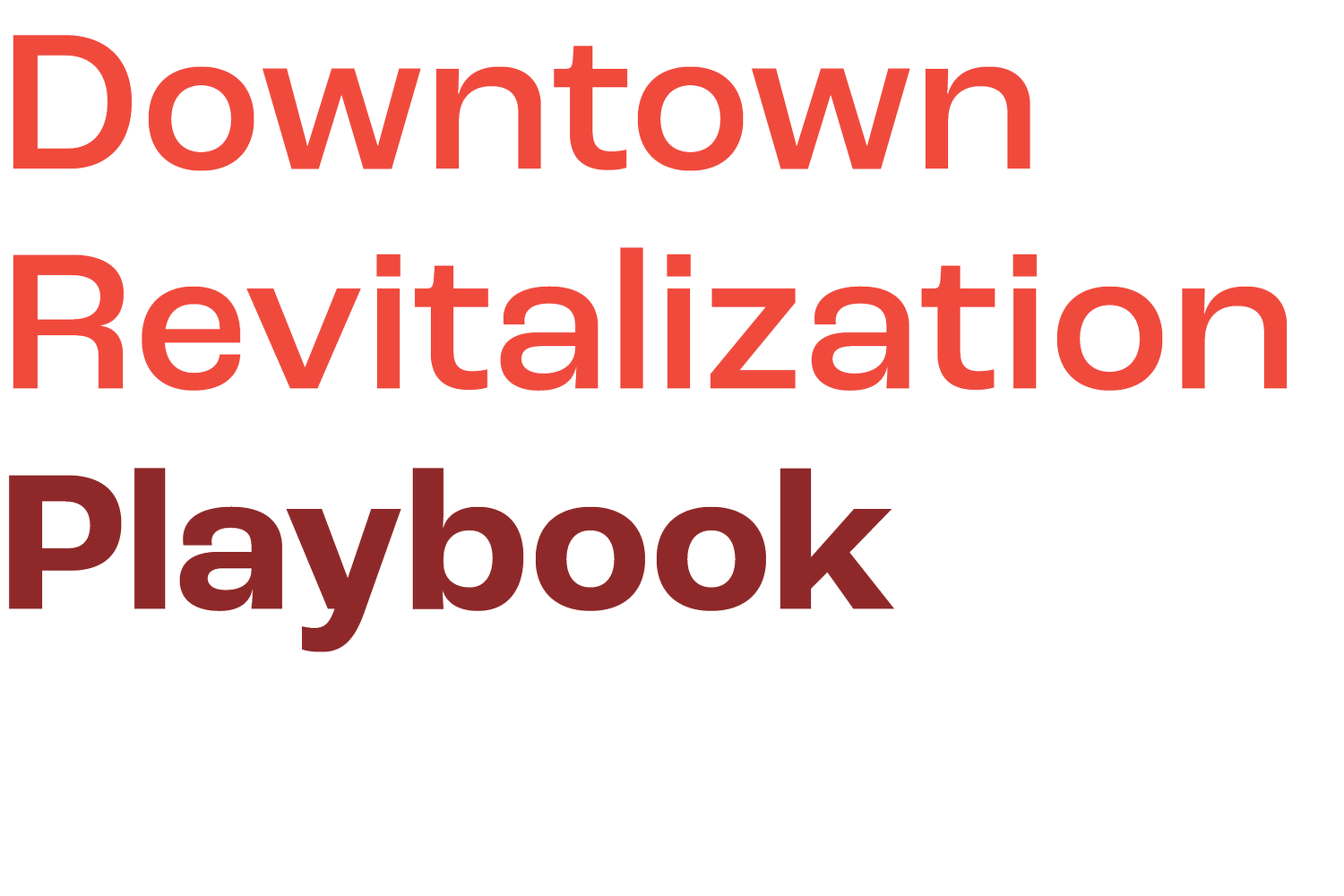
The Community Investment Ecosystem
The Community Investment Ecosystem: stakeholders, policies, practices, resources, platforms, and relationships that either facilitate or constrain the flow of investment capital in their particular place (The Center for Community Investment).
Understanding how the Community Investment Ecosystem works is a key readiness factor that dramatically affects the sustainability of ongoing investment in downtown redevelopment efforts.
Most local places, however, are relatively unfamiliar with how to make good use of the investment that flows into their community. After all, it’s only been very recent that communities have realized they need to build Entrepreneurial Ecosystems: local networks of support for entrepreneurs and small business owners. And now these same communities are being asked to cultivate a parallel yet distinctly different kind of ecosystem. The community investment ecosystem, however, offers the capability to unlock their access to targeted investment needed by their declared pipeline of high-priority projects.
What can be done to encourage greater awareness about how investment works from a systems point-of-view? How can community stakeholders use that broader awareness to leverage improved accountability for local Impact? The Center for Community Investment (CCI) and Invest Appalachia have suggested three key strategies communities can embrace to activate the skillful use of the community investment ecosystem for more effective downtown revitalization:
1—Act as a “systems engineer” to help the community map, better understand and fine-tune its Community Investment Ecosystem.
From the outset, foundations can help communities understand and more effectively manage how investment flows into and through their Community Investment Ecosystem. They can look beyond individual projects to encourage a shared commitment to community goals and foster sustained implementation of a pipeline of deals that fulfill those goals. Foundations also can help local partners strengthen the enabling environment of policies, practices, and relationships that accelerate progress toward those goals, while at the same time preserving and making good use of community assets.
“Too often, no one is responsible for the architecture or smooth functioning of the system as a whole, and no one actor is charged with thinking about how to learn from completed deals or respond to emerging opportunities,” CCI has observed. “Foundations are well-positioned to take a holistic view of the system and assess how its functioning could be improved.”
2—During the pre-development stage, due diligence is needed to produce engineering data and business models that can better prepare a community to seek investment for its priority projects.
A major hurdle confronting many communities is how to fund the work needed to assess the feasibility of revitalization, so that a professional prospectus can be shared with potential investors. In Grafton, for example, a $60K grant from Opportunity Appalachia made it possible for a local nonprofit, Unleash Tygart, to work with contractors and assemble the necessary documentation. Support for this pre-development work can come from public, private, nonprofit and foundation sources.
3—As project partners finalize assembling the Capital Stack for their venture, foundations and/or other investors can step in and provide the gap financing that makes it possible to complete the deal.
When putting together the financing package needed for downtown revitalization projects in rural Appalachia, some prospective investors may be hesitant to put their money on the line due to a perception of greater risk than they may be accustomed to accepting. Foundations can step in to sweeten the deal with a range of investment tools, such as credit enhancements like loan guarantees and lines of credit. They also can make direct grants that offset costs. Finally, it’s actually possible for foundations to take an equity position with a private venture, although most regional and local foundations are not experienced with this option and likely would require training to enact it.
